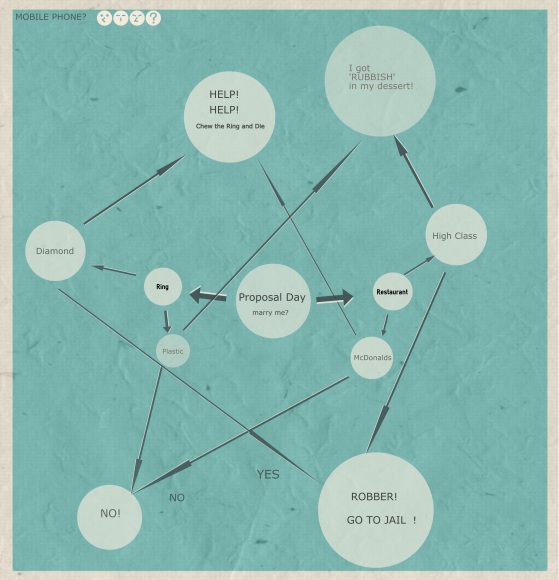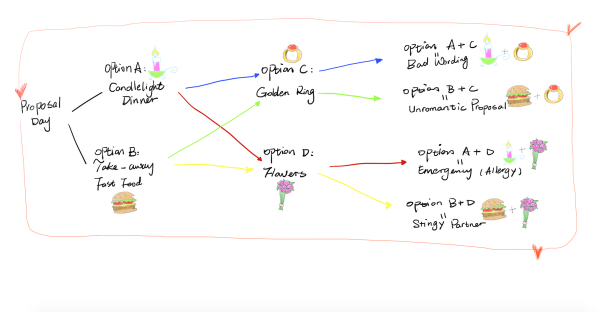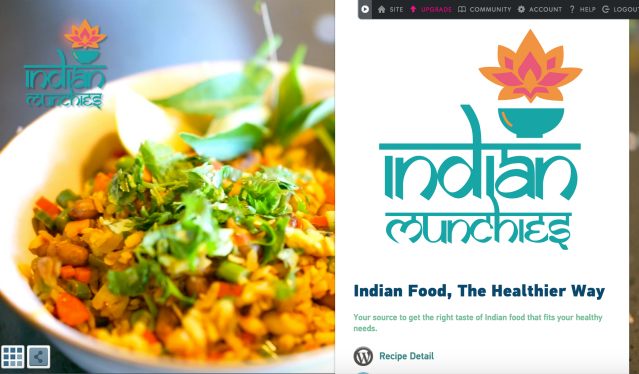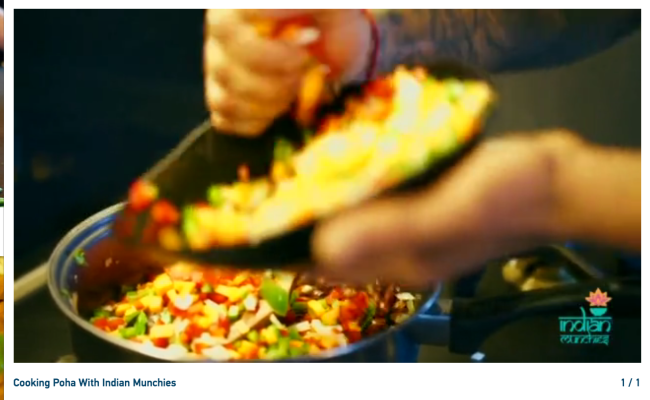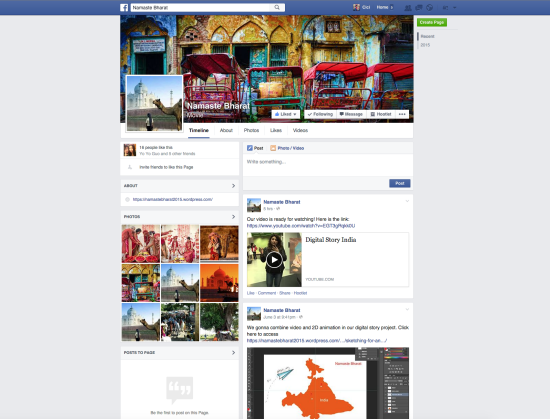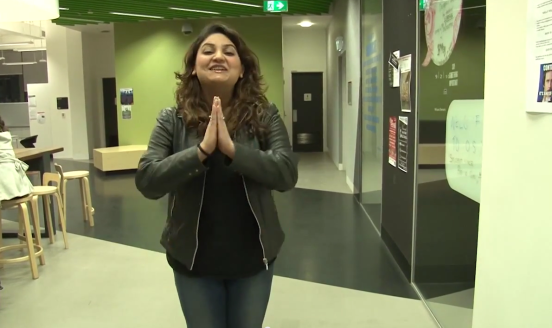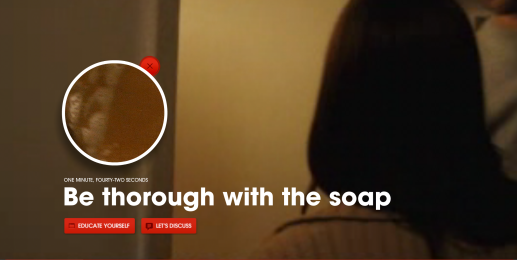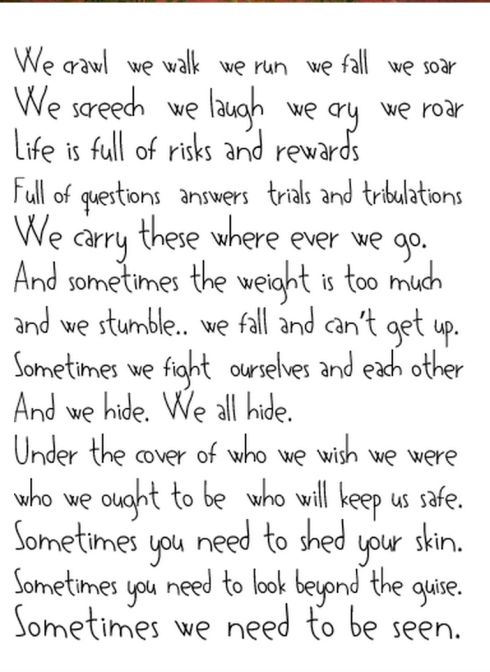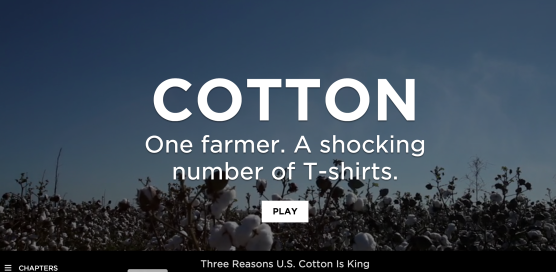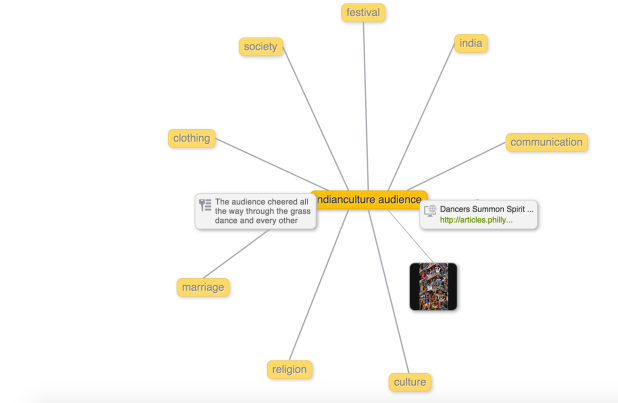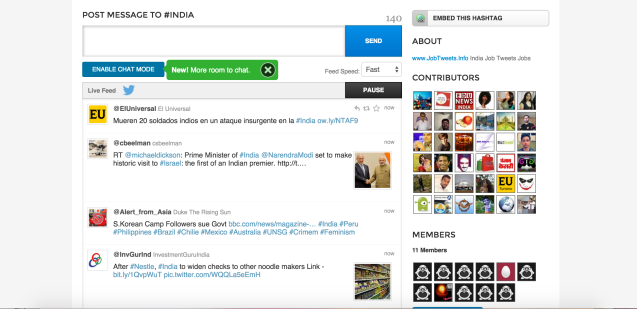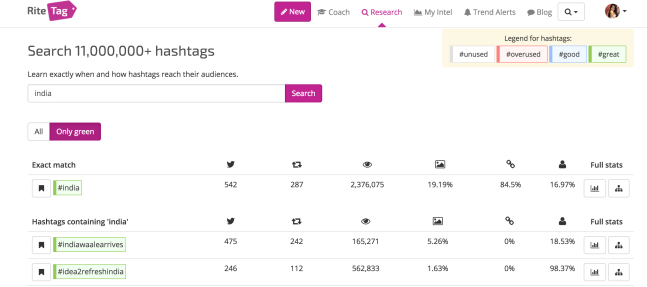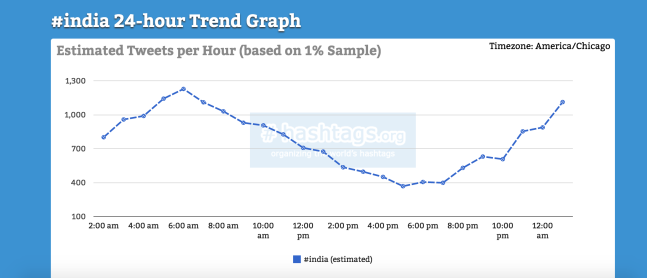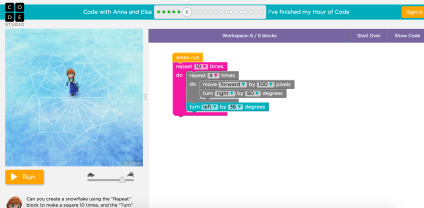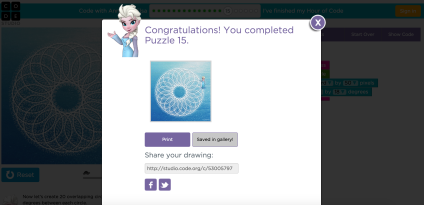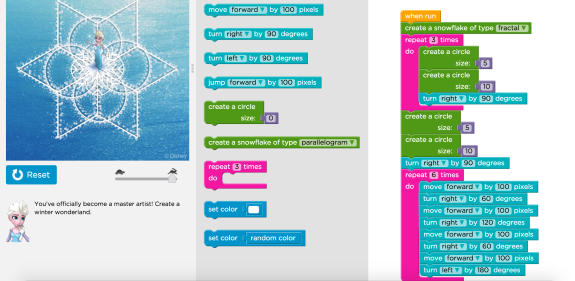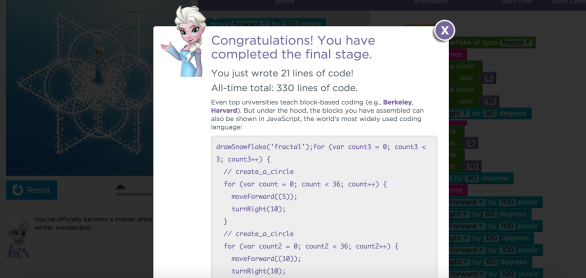New Directions in Narrative — Reflective Blog
Week 1 — Choosing a digital narrative to examine
Chosen Digital Narrative — Video Game ‘To The Moon’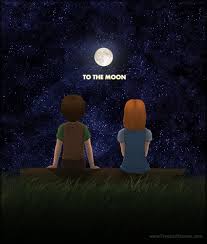
To The Moon is a top-down 16-bit-styled adventure title created by Freebird Games. It tells a story of two scientists who transport themselves into the memories of a comatose and dying man named Johnny. They must move backwards through his life, learning his life story while slowly unravelling the reason why he wants to travel to the moon.
Story elements:
- Events – the point at which things transition from one state to another. (Events can be causally and/or chronologically related)
With the two scientists mission that they traverse backwards through the man’s memories, unfolding his curious life story before their eyes. With each step back in time, a new fragment of Johnny’s past is revealed. And as the two doctors piece together the puzzled events that spanned a life time, they seek to find out just why the frail old man chose his dying wish to be what it is.
- Actors – characters that cause or experience events. Actors are not necessarily human.
The main characters include: Two scientists – Dr.Rosalene and Dr. Watts; The patient: Johnny
- Time – when the events take place – past, present, future.
It happens both past and present. When the two scientists traverse backwards through Johnny’s memories, the events go back to the past; when they come back to the reality, it presents with present.
- Place – where the events take place – location, environment, setting.
There are few different locations and environment used in this game, such as the front yard of Johnny’s house; inside of the house includes different function rooms (bedroom, kitchen, living room, bathroom, etc.); some mysterious places; and of course the moon.
Narrative elements:
- Ordering – arrangement of chronological events (e.g. in media res, flashbacks, flash forwards, ellipses)
The player controls either of the two scientists to seek Johnny’s memory pieces. Every time one memory piece selected leads players go back to flashbacks. So it’s ordering like a circle of travelling between flashbacks and reality.
- Pace – the time of the tale vs. the time of the telling (e.g. real-time, sped up, slowed down or variable)
It’s real-time of the story development. But the time of story telling depends on how easy players could collect the memory pieces and figure out the puzzles.
- Focalization – the point-of-view from which we view the narrative. Where is this point of view located in time and space and does it vary or change during the narrative?
From the two scientists point of view changing with time and space. There’s option to choose the character that player wants to use for exploring the game.
- Narrator – is the ‘intelligent being’ who is telling the story inside or outside the narrative? Is she, he or it omniscient or limited, reliable or unreliable, explicit or implicit? What is his/her/its mood and tone?
The entire narrative has broke down to many pieces that need the players to gather all of them and make up to a complete story based on their understanding.
- Text – the format or medium used to recount the narrative (e.g. printed text, painted mural, cinematic film, television episode, video game, puppet show, theatre performance, graphic novel, etc.)
The game uses a lot of dialogue of the characters that inside the narrative to lead players explore the story; some of the key words help solving the puzzles also hiding in the dialogue. So text is playing an important role in this video game.
Traditional narratives vs. Digital narratives:
It’s different than traditional linear narrative that digital narrative is not focusing on going through from the beginning to the end of the story. It more tends to provide an interactive narrative to players. In interactive narrative, players can be freer to control the development of story, for example in the game to the moon players can always stop exploring the narrative and look around the settings in environment, click the objects that they are interested in, talk to the characters in the game. But there’s still limitation that numerical coding knows limited sentences and actions, so players may experience repeating actions.
They can also achieve their different targets in the games, like to the moon players can choose different characters to complete the story; the narrative could be set to going differently with playing with different characters. But for to the moon, either chooses Dr.Rosalene or Dr. Watts will go to the same ending.
To the Moon evokes so much emotion from the player. Perhaps it is because the conflict ties to a living person, especially one who is the love interest of one of the game’s more-significant characters. The ambiguity of information regarding River’s character is perplexing, and the abstract clues that the player discovers throughout the game add a sense of emotional depth.
This is accomplished using in-game symbols, which Freeman (2004) describes as one of the pathways to “emotioneering,” or “the expansive body of techniques for evoking emotional breadth and depth in games.” (Freeman 4). The idea is that symbolic objects can play a role in eliciting emotional responses not only in storytelling but also in gameplay.
To the Moon accomplishes this by forcing the player to find substantive symbols in Johnny’s past to further progress into his memories, among them a stuffed platypus he gives to River when they were young.
Thus, To the Moon does not simply tell a story through player exploration, but also takes advantage of gameplay elements such as the collection of items to expand the narrative experience and add emotional depth for the player. To the Moon goes deeper by stimulating emotional investment in its characters in addition to a well-developed plot.
Week 2 — Write a brief outline for an original digital narrative project
My original digital narrative project — Interactive video
Genre: Comedy, drama
Platform:
This interactive video could be played on YouTube, or some other websites for interactive videos, like ‘Multipop’, ‘Brightcove’, ‘Vidzor’. It also would be a blog page for displaying the video and social network links. Many different kinds of social networks could be used for sharing the videos as well, like ‘Facebook’, ‘Twitter’, ‘Google +’, etc.
Storyline:
A guy is going to proposal to his girlfriend, but he has a limited budget. So he has to choose spend money on either ring or restaurant. The different options will cause totally different result of the whole proposal…
Scenes:
Scene 1
The guy doesn’t want to spend too much money on the ring, but a fancy restaurant. So he brings his poor ring to the five-star luxury hotel restaurant. Since the starters until main course, everything goes very well. The girl looks quiet enjoy her dinnertime with him. Then he thinks it’s time to surprise her, so he imitates the classic TV plot that to put the ring into her dessert while she goes to bathroom… While she’s eating her dessert, her face suddenly changed and spit out a deformable ring (cause by the poor quality), she thought its some mistake made by the chef, so she call the manager and complain. The guy is embarrassed and couldn’t speak at all…
Scene 2
The guy thinks the ring is the most important thing for a successful proposal, so he spent all of his money on an amazing shiny diamond ring and had only two dollars left after, then he goes to McDonald’s. He bought an ice cream with his last two dollars and put the diamond ring inside. He asks the girl to eat the ice cream and expect the girl finds out the ring by herself, but the girl eats the ring and died.
Scene 3
This guy is a perfectionist. He wants to give all the best things to the girl. He bought a huge diamond ring, but he still want to book the best restaurant in city for her. The problem is he already runs out of his budget. So he robs a girl who’s carrying a designer bag. He thinks everything would be fine, cos the girl didn’t even resist and chasing him. He and his girlfriend had a very romantic evening and while he just brings out the ring and prepare to proposal, the girl he robbed rushed into the restaurant with few strong muscular man. They take him out of the restaurant…
Scene 4
The guy bought a cheap ring made by plastic or whatever poor materials and he is so stingy that he decided to go to McDonald’s for proposal. To be continued…
Week 3 — Consider the audience
Audience analysis for my Interactive video project
- Why are you creating this story? Goals, rationale, purpose, premise? What do you want your audience to experience or understand?
In my peers, most of the people are seeking partners or looking forward to get married. However, how much wealth of the men, or how much money he would like to spend on marriage are always controversial topics. So this story picks up the very first step of marriage, which is ‘proposal to your girls with either luxury or simple way’ (a bit exaggerated dramatic in my story) that intended to make audience experience the value of money in relationships and get a better concept of LOVE.
- What is your story? In what way will it be original, surprising, human, passionate, truthful or relevant to your audience?
The story is about a guy tries to proposal to his girlfriend and how different results he will get cause by he choose either a luxury or a simple way. Audience can choose for him to get a cheap ring and cheap restaurant; a cheap ring but expensive restaurant; an expensive but cheap restaurant; both expensive ring and restaurant. How these four combinations bring four totally different results.
Marriage is very common and a stage that most people will go though in their lives. Different people have different requirements for their marriage. We should weather see how much money on it as a big issue or not, would be a social issue relevant to my audience.
- Where will you publish your story? What platform/s and hardware are suited to your audience? E-books, blogs, videos, photos, podcasts, tweets, status updates, apps, games, forums, websites?
This interactive video could be played on YouTube, or some other websites for interactive videos, like ‘Multipop’, ‘Brightcove’, ‘Vidzor’. It also would be a blog page for displaying the video and social network links. Many different kinds of social networks could be used for sharing the videos as well, like ‘Facebook’, ‘Twitter’, ‘Google +’, etc.
- Who is your audience? Who is your target viewer/user – i.e. the group you will target in promoting the work?
My audience will be mostly female and male from 21-30. The target viewer will be a mainly YouTube user who are from 21 – 30 years old. Also social networking users on Facebook, Twitter, Google+ that in Marriage, Comedy, interactive storytelling interest groups.
- When will you create the content and start to engage your audience? What is the production process and publishing schedule?
I will create a blog page or a Facebook page for the coming video first. On these pages I will start to build up with sharing some news, stories, videos about marriage and proposal. And my video making process includes images, short video clips and final official trailer. I will keep updating at least twice a week until the final production.
- How will your audience participate in the narrative? Will they be able to contribute to the narrative, alter the narrative, and respond to the narrative?
The interactive video will give options on the bottom of play window. Audience will be able to make a choice of type of ring and restaurant for main actor. It will link up to different videos based on different options. At the end, the links of blog page and Facebook page will come up, so that the audience will be able to get to the pages by clicking on the icons and leave their commons or discuss with other viewer.
Week 4 — Narrative structure and Digital tool
- Digital Tool
The story telling tool I would like to use for my interactive video is YouTube. Basically it starts with a video clip of the proposal preparation. Then I will create some other video chapters that will display after audiences made their choices. I would also like people to share their thoughts and comments after watching the video, so YouTube will be a good choice that allows people leave messages directly under the video clip. It also links to a variety of social networks, so I can promote my FB page or blog page for this interactive story on YouTube.
- Narrative structure
Week 5 — Write about how you might incorporate simulation in the digital narrative you are proposing for this class, or in a future digital narrative.
My interactive story includes 7 scenes. At the end of each scene gives click boxes that provide different options, then links to other scenes by audience’s options. I incorporate simulation will be displayed by real visual settings cooperate with different option boxes. It will provide digital drawing signs instead of traditional texts in the option boxes.
Scene 1 (openning scene):
Flashback of the serious argument Samantha and Adam had last time, that he was angry at her. Adam thinks all of his friends are engaged, like Harry, Peter, Steven… He wants to know what this is, they are for real or not. Samantha keeps saying she loves him, but he seems not happy about this anymore. He thinks he’s not getting any younger and he needs to know where is this relationship going. Samantha wakes up from this dream. She sits on the bed for a while and hands in her hands. She realises there’s no longer delay on this, ‘Let’s do this!’ she shouts out and decides to propose to Adam today.
Options:
A:Proposal with a Candlelight Dinner
B:Proposal with Take Away Fast Food
Scene 2 — (Choose option A: Candlelight Dinner)
Samantha nicely dressed up, then starts to prepare the food, lights up the candles and plays his favourite music. She feels so excited, but much more nervous, so she starts to practice the words for proposal later on.
Options:
C:Proposal with Golden Ring
D:Proposal with Flowers
Scene 3 — (choose option C: golden ring + candlelight dinner)
Samantha keeps practicing, the problem is she gets more and more nervous because she’s not sure what kind of words could match the romantic settings and also impress Adam. While she’s pacing around, Adam arrives on time. He’s so impressed by the perfect candlelight dinner which is full of his favourite dishes. It seems there’s something special will happen. She keeps making mistakes and final Samantha is so nervous that massed her words up…
Scene 4 — (choose option D: flower +candlelight dinner)
Samantha feels great about what she has prepared — dinner looks very delicious, candles are burning well, flowers are well hidden under the tablecloth, everything looks perfect and also she even feels moved by her own words. Adam arrives just on time. He’s so impressed by the perfect candlelight dinner which is full of his favourite dishes. It seems there’s something special will happen. (The actor’s acting will be same if audience choose the same option, but it changes until audience make their second choice.) They are having a wonderful diner time, Samantha realises it’s the time, so she raise up a large bouquet of flowers to Adam’s face and start to give her well prepared speech. However, Adam’s face slowly turns more and more ugly while she’s talking, a lot of blood spots becoming out because he’s allergy to flowers. It scares Samantha, she’s never seen his face is ugly like this before, she can’t believe it was the man she has been dating because she only love beautiful faces. She throws the flower away and runs out of the door.
Scene 5 — (Choose Option B: ‘Take-away Fast Food’)
‘It’s just one of the normal days, expect pop the question to Adam nothing is too special’. Samantha talks to herself and puts on a pyjamas unconcernedly. She picks up the phone and orders a package meal for him. ’Make it large’ She says at the end and throw herself into the sofa satisfactorily.
Options:
C:proposal with Golden Ring
D:proposal with Flower
Scene 6 — (choose option C: golden Ring + take-away fast food)
Samantha suddenly remembers there should be a ring for proposal, so she jumps out from the couch and runs into the living room. She opens the draw beside the bed and takes out a golden ring her mum gives her few years ago. ‘Perfect’, she says. Adam comes at this time, she opens the door for him, at the same time the delivery comes just after him and says ‘Here’s your extra large package meal!’ Samantha paid for him and give the bag to Adam. Adam realises it’s a special day, either something good happened or will happen because it’s extra large meal. Samantha raises the old designed golden ring suddenly and asks Adam if he wants to marry her. Adams holds the big bag and frozen there, he looks at the ring and then the extra large package meal, then the old designed golden ring, and then the food. Suddenly he becomes so frustrated because of the setting and ring are not romantic as he imagined millions of times before. He cries like a baby.
Scene 7 — (choose option D: flower + take-away fast food)
Samantha suddenly remembers there should be ‘something’ for proposal, so she jumps out from the couch and runs into the living room. She opens the draw beside the bed and takes out two flowers she got from free gift on street few days ago. ‘This could do’, she says. Adam comes at this time, she opens the door for him, at the same time the delivery comes just after him and says ‘Here’s your extra large package meal!’ Adam realises it’s a special day, either something good happened or will happen because it’s an extra large meal. Samantha searched of her wallet and didn’t find even one dollar, so Adam knows she runs out of her money again, so he paid and ask what’s special today. Samantha proposes to him with flower. Adam is surprised, he starts to look at everywhere inside the wrapping paper of flower, then everywhere inside the food package and even checked the food. ‘No ring? I thought you’d be a little generous in this day!’ He gets so angry and left.
Week 8 — Media convergence and transmedia
- What is media convergence?
It’s simply explained as the process where several media channels come together to exist and operate in synergy. On one hand, convergence viewed as ‘coming together of different equipment and tools for producing and distributing news’; on the other hand, convergence defined as ‘flow of content across multiple media platforms’. Some people explain convergence as ‘blending of the media, telecommunications and computer industries’. In other words, I understand media convergence as the process of blurring the boundaries between different media platforms and uniting them into on digital form.
- How has it affect my approach to creating my digital narratives and what would be the challenge for me while developing my project?
To achieve the media convergence with my interactive video is to develop various of platform and explore as much audience as possible. I need to consider how to produce my interactive story and get more people to approach my work. Except my existing online platform ‘YouTube’, a lot more multiple platforms can be used, like smart phones, other social networkings; also I can advertise my project via TV, radio, magazine, newspapers, posters in real life, etc.
However, the challenge still exist, like the potential target audience of interactive storytelling is mostly a group of active Internet users. Even if people on other media platform, they are not necessarily using online platform, so it’s hard to get them to approach the project itself. Another difficulty is the equipments people are using affects the approach of the video. As we know, the interactive storytelling usually set up options for audience, however, some of the technologies rather than computers can rarely support interact with online users. Like Youtube on mobile version doesn’t support all the viewers to make a choice while watching the interactive videos. It will loss a large number of audience.
It’s just like what Metzger (2009) said, the future of mobile media will be increasingly developed. Until 2020, our world of mobile media will be interactive, engaging, international… So, there will be a great future of achieve interactive videos with media convergence.
